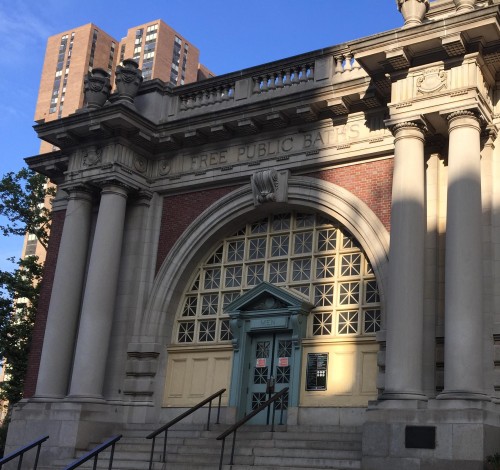 In a Times piece called “Inequality and the City” about the competitive real estate markets in America’s affluent cities, Paul Krugman identifies the role that restrictive land use regulations continue to play in the chronic shortage of affordable housing:
In a Times piece called “Inequality and the City” about the competitive real estate markets in America’s affluent cities, Paul Krugman identifies the role that restrictive land use regulations continue to play in the chronic shortage of affordable housing:
But what about all the people, surely a large majority, who are being priced out of America’s urban revival? Does it have to be that way?
The answer, surely, is no, at least not to the extent we’re seeing now. Rising demand for urban living by the elite could be met largely by increasing supply. There’s still room to build, even in New York, especially upward. Yet while there is something of a building boom in the city, it’s far smaller than the soaring prices warrant, mainly because land use restrictions are in the way.
Exactly. Thank you. In the last five years, we seem to have gone from a time when no one was even cognizant of the role that zoning laws played in the chronic shortage of urban affordable housing, to the beginnings of a left-right consensus about the inequitable and anti-competitive impacts of those laws — and the ways in which they are distorting the market. This is really a cause for celebration, and I think we should take a moment to recognize how far the conversation has come.
But we almost certainly have not come to the end of the line. This issue has been so far beneath the radar that even those who have benefited from distortions of the real estate market by restrictive zoning laws have made little political effort to defend the status quo. They have just assumed that it would go on forever. Now, as those with vested interests in the artificial limits to development — primarily, urban land owners — begin to realize that their gravy train could be in peril, the attacks on reform proposals will begin in earnest. Here’s a great example of what’s likely to be on the way, peddling the usual pseudo-leftist bullshit that appeals to the urban bourgeoisie:
We, the undersigned residents of New York City, call for an end to the violence that real estate developers have inflicted on our skyline, parks, public areas, and cityscape with the proliferation of dramatically over-scaled buildings that ignore the historic context of our city.
Translation: we paid a lot for the exclusive right to live in our neighborhood. We have just realized how precarious our investment could become if the regulations were changed, and people actually had housing choices in the same (or comparable) locations.
Keep an eye out for more of this nonsense in the near future. Of course there’s a role for design and aesthetics in development policy, and massing considerations may sometimes be a part of that role. But for now, I’m sticking with those who recognize the need to permit much more residential construction in places like New York City. Let’s keep the conversation going.

 A few years ago, I wrote
A few years ago, I wrote